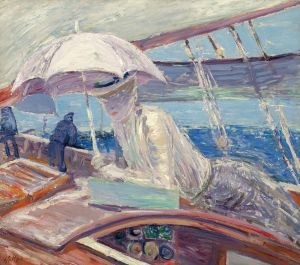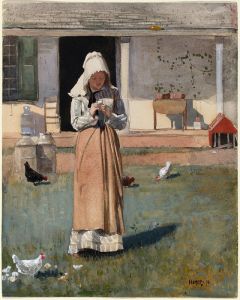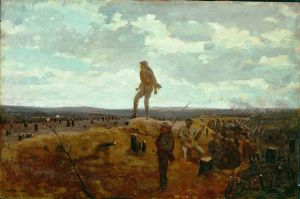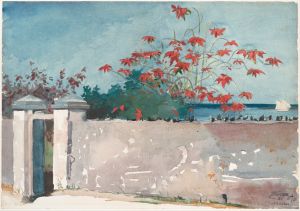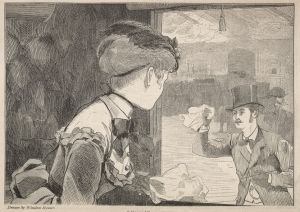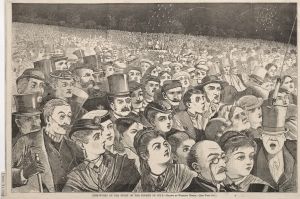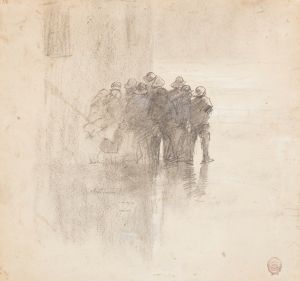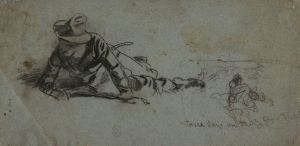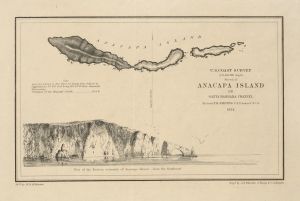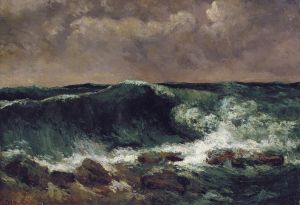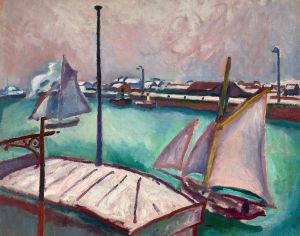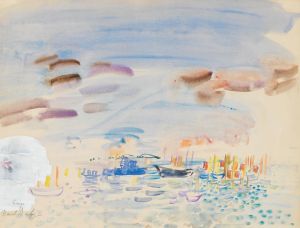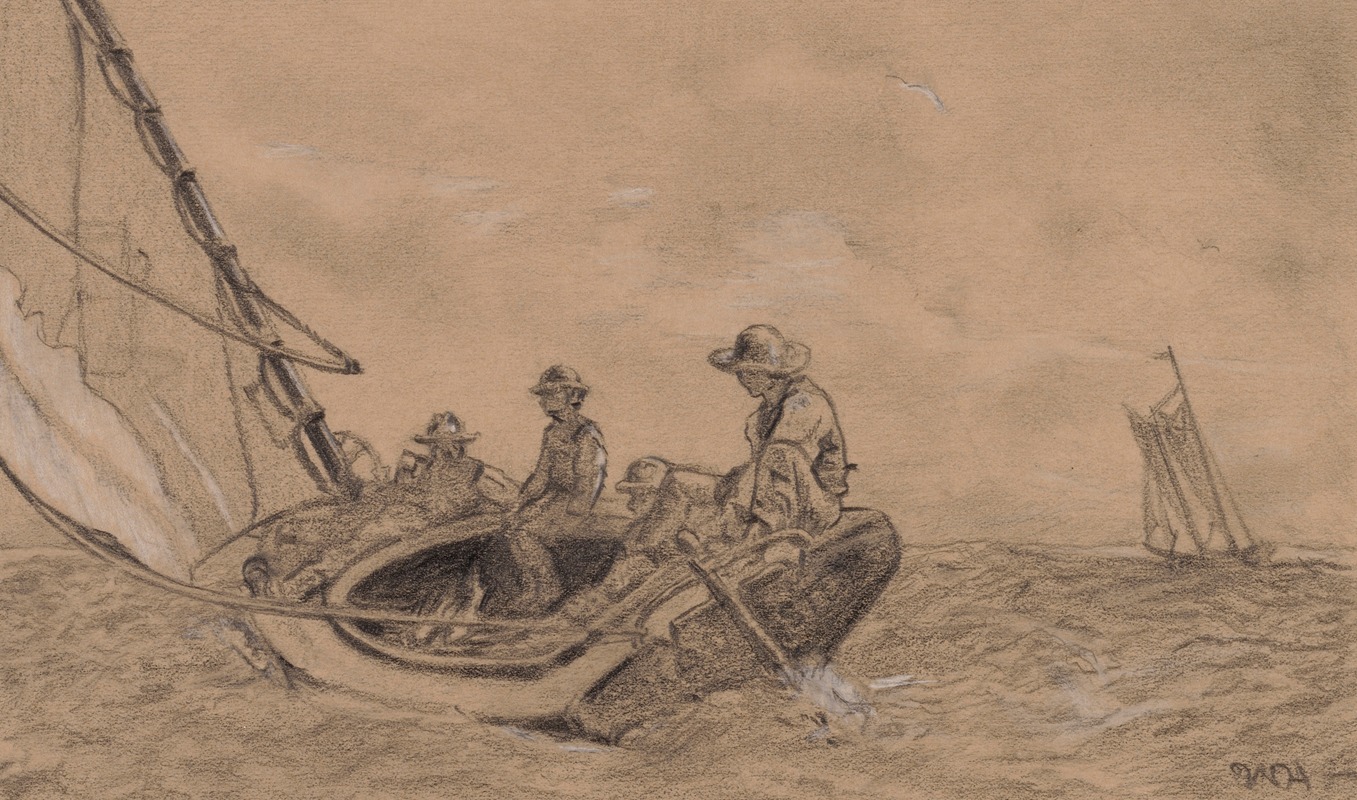
Breezing Up
A hand-painted replica of Winslow Homer’s masterpiece Breezing Up, meticulously crafted by professional artists to capture the true essence of the original. Each piece is created with museum-quality canvas and rare mineral pigments, carefully painted by experienced artists with delicate brushstrokes and rich, layered colors to perfectly recreate the texture of the original artwork. Unlike machine-printed reproductions, this hand-painted version brings the painting to life, infused with the artist’s emotions and skill in every stroke. Whether for personal collection or home decoration, it instantly elevates the artistic atmosphere of any space.
Breezing Up (A Fair Wind) is an iconic oil painting by the American artist Winslow Homer, completed between 1873 and 1876. The artwork is widely regarded as one of Homer’s most celebrated pieces and a quintessential example of 19th-century American art. It is currently housed in the National Gallery of Art in Washington, D.C.
The painting depicts a small sailboat, named Gloucester, navigating through choppy waters under a brisk wind. Onboard are four figures: three young boys and an older man, presumably the captain. The scene captures a moment of leisure and adventure, with the figures appearing relaxed yet engaged with their surroundings. The central boy, holding the tiller, is a focal point of the composition, symbolizing youthful energy and optimism. The background features a serene seascape with distant landforms, emphasizing the vastness of nature.
Homer began working on Breezing Up during his time in Gloucester, Massachusetts, a fishing town that inspired many of his maritime-themed works. Initially, the painting included a more complex composition with additional figures, but Homer simplified it over time, focusing on the dynamic interaction between the boat and the sea. This refinement reflects Homer’s evolving artistic style, which increasingly emphasized realism and the interplay of light and movement.
The painting is notable for its masterful use of color and brushwork. Homer employed a muted palette dominated by blues, grays, and whites to evoke the atmosphere of a breezy day on the water. His loose, expressive brushstrokes convey the motion of the waves and the fluttering of the sail, creating a sense of immediacy and vitality. The composition’s diagonal lines, formed by the boat and the sail, add to the sense of movement and balance.
Breezing Up was well-received when it was first exhibited at the Centennial Exposition in Philadelphia in 1876, where it was praised for its depiction of American life and its technical excellence. Over time, the painting has come to symbolize the spirit of youthful adventure and the connection between humans and nature. It is often interpreted as a celebration of the American maritime tradition and the optimism of the post-Civil War era.
Winslow Homer (1836–1910) is considered one of the foremost American painters of the 19th century, known for his depictions of rural life, seascapes, and the human relationship with nature. Breezing Up remains one of his most enduring works, admired for its artistic merit and its evocative portrayal of a quintessentially American scene.





